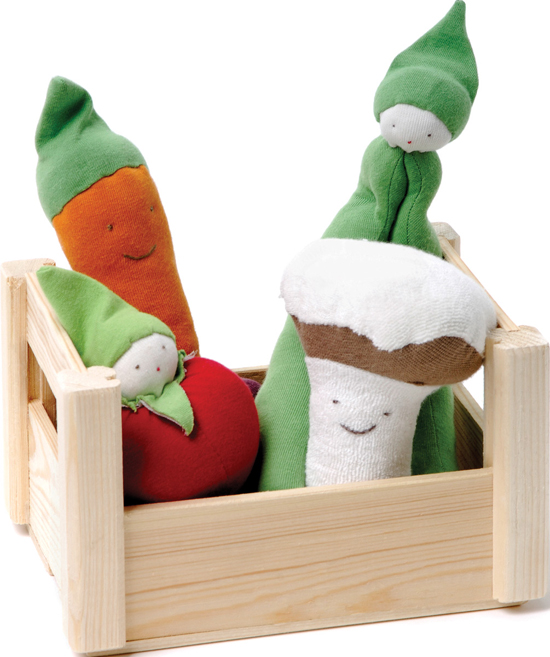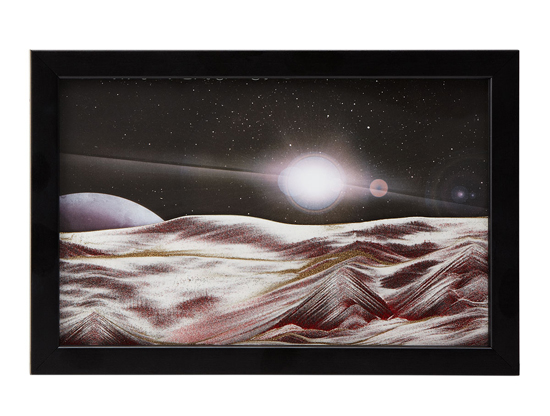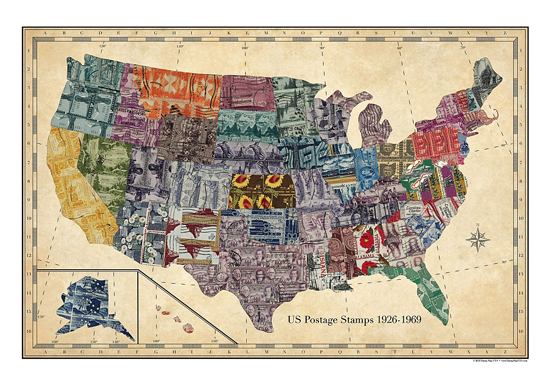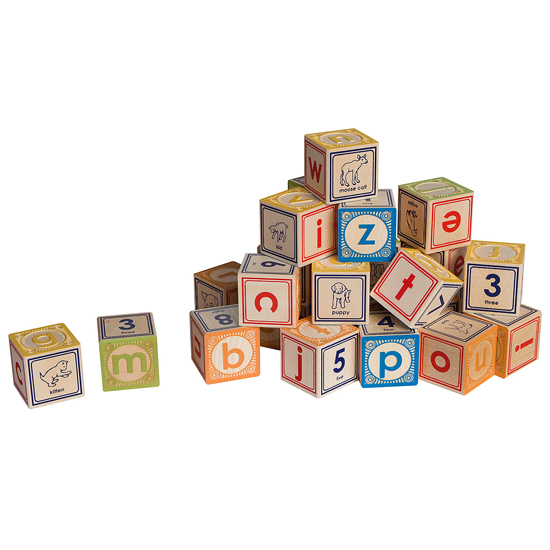 This question is not as simple as it may seem. The smarty-pants out there will quickly state that the tomato is a fruit. Botanically speaking, fruits are classified as the seed-bearing part of a flowering plant, a description which includes not only tomatoes, but also such produce as cucumbers, eggplants and pumpkins. But because they are not sweet, such foods are still also considered to be vegetables when it comes to food preparation. The distinction is surprisingly important, because it turns out that fruits and vegetables have different legal implications. So important, in fact, that the U.S. Supreme Court once had to step in and make the call. In 1893, in the case of Nix v. Hedden, the Court ruled that, when it comes to taxes and tariffs, the tomato is legally a vegetable.
This question is not as simple as it may seem. The smarty-pants out there will quickly state that the tomato is a fruit. Botanically speaking, fruits are classified as the seed-bearing part of a flowering plant, a description which includes not only tomatoes, but also such produce as cucumbers, eggplants and pumpkins. But because they are not sweet, such foods are still also considered to be vegetables when it comes to food preparation. The distinction is surprisingly important, because it turns out that fruits and vegetables have different legal implications. So important, in fact, that the U.S. Supreme Court once had to step in and make the call. In 1893, in the case of Nix v. Hedden, the Court ruled that, when it comes to taxes and tariffs, the tomato is legally a vegetable.
 Apple pie is only American in the sense that, like the country itself, it is an immigration success story. It had been a traditional treat in Britain and across Europe for centuries, but in the Americas the colonists were lacking one key ingredient: apples. America’s only indigenous apple is the crab apple. Seeds were brought over, and orchards began to spring up, but most of that initial fruit was too tart for eating and was instead made into cider. It took nearly 100 years, as sweeter varieties were being cultivated and as the settlers grew more prosperous, for the apple pie to put down roots as a culinary favorite in the New World.
Apple pie is only American in the sense that, like the country itself, it is an immigration success story. It had been a traditional treat in Britain and across Europe for centuries, but in the Americas the colonists were lacking one key ingredient: apples. America’s only indigenous apple is the crab apple. Seeds were brought over, and orchards began to spring up, but most of that initial fruit was too tart for eating and was instead made into cider. It took nearly 100 years, as sweeter varieties were being cultivated and as the settlers grew more prosperous, for the apple pie to put down roots as a culinary favorite in the New World.
 That cute, fluffy-wuffy little kitty cat nuzzling up against your leg right now is actually a vicious predator. Like its lion and tiger cousins, it requires periodic bursts of heightened speed and focus in order to catch its prey, whether that’s a gazelle or your sock. In order to preserve their energy, cats spend much of their time dozing, often sleeping only lightly, in order to be able to leap back into action at a moment’s notice. An individual cat nap typically lasts for 15 to 30 minutes, but add them all together and your cat is getting some serious down time: they sleep an average of 12-16 hours every day, with some even sleeping up to 20 hours in a single 24-hour period!
That cute, fluffy-wuffy little kitty cat nuzzling up against your leg right now is actually a vicious predator. Like its lion and tiger cousins, it requires periodic bursts of heightened speed and focus in order to catch its prey, whether that’s a gazelle or your sock. In order to preserve their energy, cats spend much of their time dozing, often sleeping only lightly, in order to be able to leap back into action at a moment’s notice. An individual cat nap typically lasts for 15 to 30 minutes, but add them all together and your cat is getting some serious down time: they sleep an average of 12-16 hours every day, with some even sleeping up to 20 hours in a single 24-hour period!
 While some of us are still recovering from Pluto’s removal from the planetary roster of our solar system, there may still be another dark horse contender out there for the designation of 9th Planet. Pluto, which is actually much smaller than Earth’s moon, is just one of several “dwarf planets” that circle the earth in a ring of asteroids and space debris known as the Kuiper Belt. But recently, as astronomers have observed the Kuiper Belt, they have found that its objects are not all orbiting in regular patterns. What’s throwing them off course? One possibility is the gravitational pull of an undiscovered planet, perhaps even four times as large as the Earth. Unfortunately, orbiting so far away from the sun means that it would reflect very little light, making it nearly impossible to find even with advanced equipment.
While some of us are still recovering from Pluto’s removal from the planetary roster of our solar system, there may still be another dark horse contender out there for the designation of 9th Planet. Pluto, which is actually much smaller than Earth’s moon, is just one of several “dwarf planets” that circle the earth in a ring of asteroids and space debris known as the Kuiper Belt. But recently, as astronomers have observed the Kuiper Belt, they have found that its objects are not all orbiting in regular patterns. What’s throwing them off course? One possibility is the gravitational pull of an undiscovered planet, perhaps even four times as large as the Earth. Unfortunately, orbiting so far away from the sun means that it would reflect very little light, making it nearly impossible to find even with advanced equipment.
 If Thomas Jefferson had had his way, you might be. In 1787, the newly-formed government of the United States passed an ordinance claiming the land south of the Great Lakes as American soil. Called the Northwest Territory, this act established the pattern by which the government would expand its borders westward: by creating new states rather than by expanding existing ones. Thomas Jefferson was one of the early proponents of this plan. The author of the Declaration of Independence turned his pen to the map of this new frontier, drew straight lines dividing the area into seventeen proposed states, and invented names for them all using a combination of Latin and Native American words. Some of those names, like Illinoia and Michigania, were adapted into official usage. Others, however, would have given an entirely different flavor to the American landscape. Can you imagine hailing from the great states of Metropotamia, Equitasia, Chersonesus, Assenisipia?
If Thomas Jefferson had had his way, you might be. In 1787, the newly-formed government of the United States passed an ordinance claiming the land south of the Great Lakes as American soil. Called the Northwest Territory, this act established the pattern by which the government would expand its borders westward: by creating new states rather than by expanding existing ones. Thomas Jefferson was one of the early proponents of this plan. The author of the Declaration of Independence turned his pen to the map of this new frontier, drew straight lines dividing the area into seventeen proposed states, and invented names for them all using a combination of Latin and Native American words. Some of those names, like Illinoia and Michigania, were adapted into official usage. Others, however, would have given an entirely different flavor to the American landscape. Can you imagine hailing from the great states of Metropotamia, Equitasia, Chersonesus, Assenisipia?
 It’s considered common knowledge now that no two people are exactly alike, and that those differences are coded right into our DNA. You may be surprised to learn, however, that all of those differences between us only appear in only 1% of our DNA. That means that in 99% of our genetic makeup, the entire human race is exactly alike. If it seems impossible that just 1% could account for the variety found among earth’s population: 97% of our DNA is exactly the same as that of an orangutan!
It’s considered common knowledge now that no two people are exactly alike, and that those differences are coded right into our DNA. You may be surprised to learn, however, that all of those differences between us only appear in only 1% of our DNA. That means that in 99% of our genetic makeup, the entire human race is exactly alike. If it seems impossible that just 1% could account for the variety found among earth’s population: 97% of our DNA is exactly the same as that of an orangutan!
 Though it can be assumed that horses certainly like peanut butter, don’t expect your steed to state his preference for smooth or chunky any time soon. Despite an incredibly sticky rumor, everyone’s favorite “talking” horse, Mr. Ed, learned to speak not because he was fed the stick-to-the-roof-of-your-mouth food, but through good, old-fashioned training. The PB rumor was perpetuated by Wilbur himself, Alan Young, who feared that children wouldn’t find Mr. Ed’s real, animal actor training as charming as the idea of sharing their favorite snack with him. Though at first his handlers would jiggle his lips with a piece of thread, Mr. Ed (being the professional pony he was) soon learned to move his lips independently at the touch of his hoof, and eventually, whenever his human co-actors stopped talking!
Though it can be assumed that horses certainly like peanut butter, don’t expect your steed to state his preference for smooth or chunky any time soon. Despite an incredibly sticky rumor, everyone’s favorite “talking” horse, Mr. Ed, learned to speak not because he was fed the stick-to-the-roof-of-your-mouth food, but through good, old-fashioned training. The PB rumor was perpetuated by Wilbur himself, Alan Young, who feared that children wouldn’t find Mr. Ed’s real, animal actor training as charming as the idea of sharing their favorite snack with him. Though at first his handlers would jiggle his lips with a piece of thread, Mr. Ed (being the professional pony he was) soon learned to move his lips independently at the touch of his hoof, and eventually, whenever his human co-actors stopped talking!
Uncommon Knowledge: What was the last letter added to the alphabet?
March 14, 2013 Nope, it’s not Z! It is no coincidence that I and J stand side-by-side—for centuries they were considered the same character! The letter J started as a swash, a typographical embellishment for the already existing I used to denote the conclusion of a series of ones—as in “Henry viij” for Henry the Eighth. Both I and J were used interchangeably to express the sound of both the vowel and the consonant until 1524 when Renaissance grammarian Gian Giorgio Trissino argued for poor J’s autonomy in his “Ɛpistola del Trissino de le lettere nuωvamente aggiunte ne la lingua italiana” (“Trissino’s epistle about the letters recently added in the Italian language”). After being snubbed for nearly three more centuries, J was finally acknowledged as a full-fledged letter in the nineteenth-century, making it the baby of the English alphabet.
Nope, it’s not Z! It is no coincidence that I and J stand side-by-side—for centuries they were considered the same character! The letter J started as a swash, a typographical embellishment for the already existing I used to denote the conclusion of a series of ones—as in “Henry viij” for Henry the Eighth. Both I and J were used interchangeably to express the sound of both the vowel and the consonant until 1524 when Renaissance grammarian Gian Giorgio Trissino argued for poor J’s autonomy in his “Ɛpistola del Trissino de le lettere nuωvamente aggiunte ne la lingua italiana” (“Trissino’s epistle about the letters recently added in the Italian language”). After being snubbed for nearly three more centuries, J was finally acknowledged as a full-fledged letter in the nineteenth-century, making it the baby of the English alphabet.
